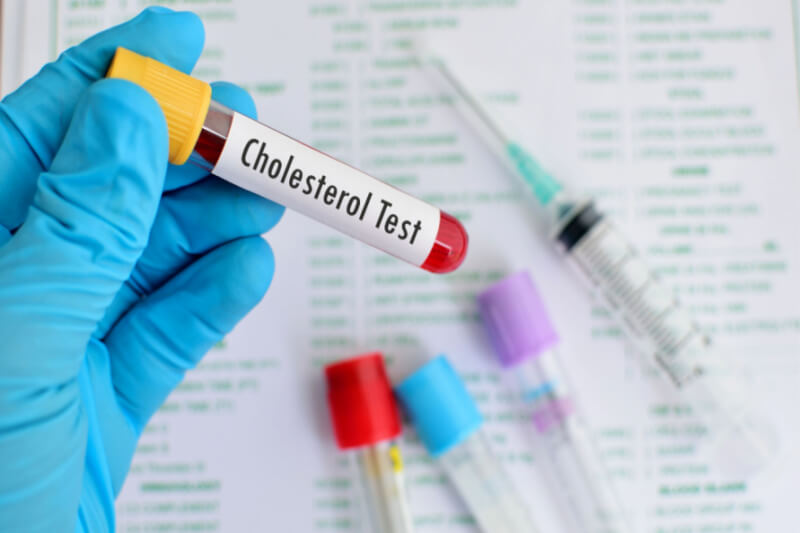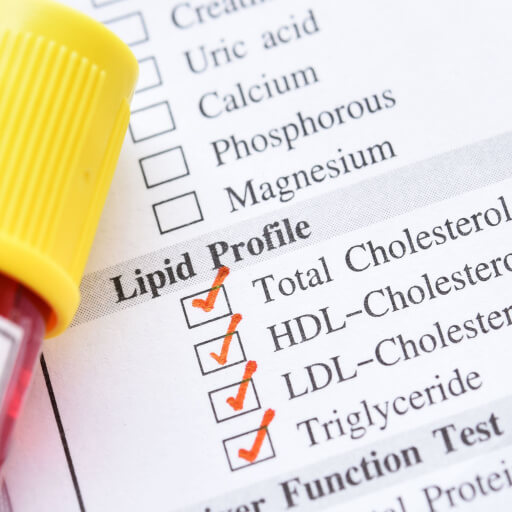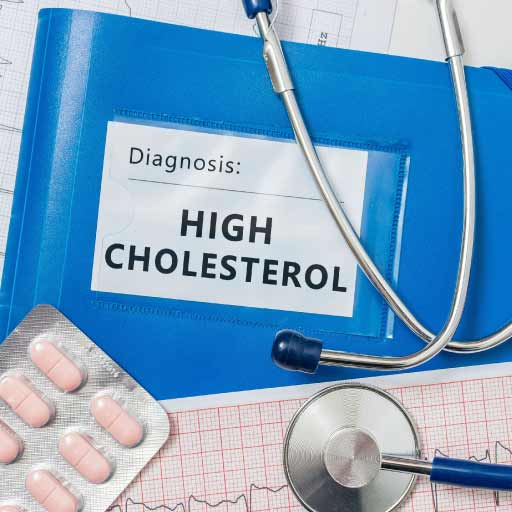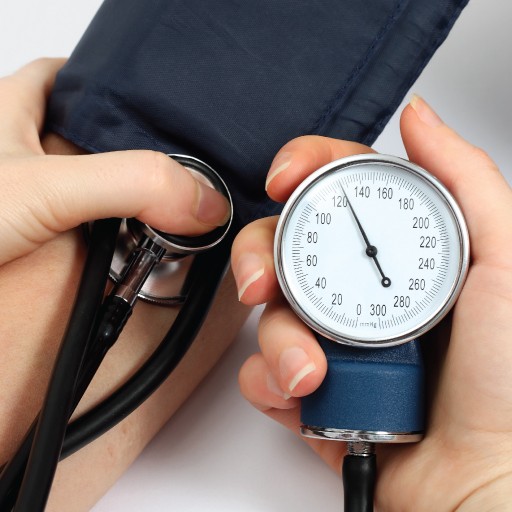If you want to improve your health, you need to know exactly how it is right now and what it should be. This will help create a road map and provide a clear direction on how to get there.
For example, your body needs कोलेस्ट्रॉल to build healthy cells. However, high levels of bad कोलेस्ट्रॉल के सेवन से दिल की बीमारी.
इनके बारे में जानें:
How to calculate cholesterol readings?

A cholesterol test keeps your कोलेस्ट्रॉल levels in check by determining the buildup of fatty deposits (plaques) in your arteries. The कोलेस्ट्रॉल content in your blood is measured using a blood test. You can calculate your कोलेस्ट्रॉल readings on our online टोटल कोलेस्ट्रॉल कैलकुलेटर. This calculator uses four values to derive concrete results: total कोलेस्ट्रॉल, high-density lipoprotein-कोलेस्ट्रॉल, low-density lipoprotein–कोलेस्ट्रॉल, and triglycerides. Some tests also take into consideration your age, gender, ethnicity, and your कोलेस्ट्रॉल levels. To ensure the results are accurate, avoid strenuous activities before taking the test, fast for at least 9-12 hours, and inform your doctor about any persisting medical conditions. Every person above the age of 20 years must try and measure their कोलेस्ट्रॉल levels at least once every 5 years.
4 types of fats in the blood
A cholesterol test measures 4 types of fats in the blood:
कुल कोलेस्ट्रॉल level in the blood: कुल कोलेस्ट्रॉल is a combination of low-density lipoprotein and high-density lipoprotein. An optimal कोलेस्ट्रॉल score should be 200 mg/dl or lower.
Low-density lipoprotein cholesterol: इसे खराब कोलेस्ट्रॉल, it deposits on the walls of blood vessels. This clogging of arteries can pose a threat to the coronary arteries, ultimately resulting in a हार्ट अटैक or other heart diseases. The optimal level of LDL कोलेस्ट्रॉल is 100 mg/dl. People with heart diseases may strive for LDL levels of 70 mg/dl or lower.
High-density lipoprotein cholesterol: Also known as, good कोलेस्ट्रॉल, HDL कोलेस्ट्रॉल prevents the buildup of LDL कोलेस्ट्रॉल. HDL levels of 60 mg/dl and higher can reduce the risk of heart disease.
ट्राइग्लिसराइड्स: Triglycerides are the most common type of fat in the blood. Normal triglyceride levels stand at 150 mg/dl or lower. Levels higher than this can lead to metabolic syndrome or साथ ही आ सकते हैं हार्ट अटैक.
Why is it important to measure your cholesterol?
A cholesterol test serves as a health tool to assess the risk of cardiovascular complications, which may include हार्ट अटैक or stroke. Untreated कोलेस्ट्रॉल can lead to plaque accumulating in arteries. This narrows the passageway and slows the blood flow to the heart. If the blood supply to any part of the heart is blocked, it can result in a हार्ट अटैक.
It is essential to get frequently tested, especially if you have cardiovascular problems, high ब्लड प्रेशर, मोटापा, डायबिटीज, or a family with a medical history of कोलेस्ट्रॉल.
What is familial hypercholesterolemia?

Familial hypercholesterolemia is a genetic disorder wherein cholesterol builds up along the walls of your arteries and veins since childhood, increasing the risk of heart attacks or strokes at an early age. The formation of lumps under your skin known as xanthomas can help detect cardiovascular problems. These fatty deposits are noticeable around the tendons in the hands, knees, elbows, Achilles tendons, and around the iris of the eyes. Chest pain or other signs of coronary artery disease may also be present at a younger age.
Adopt a healthy standard of life and measure your कोलेस्ट्रॉल levels frequently to keep your heart healthy.
अधिक जानकारी प्राप्त करें, फिटनेस और पोषण by actively participating in the Activ Living Community.





 1800-270-7000
1800-270-7000











